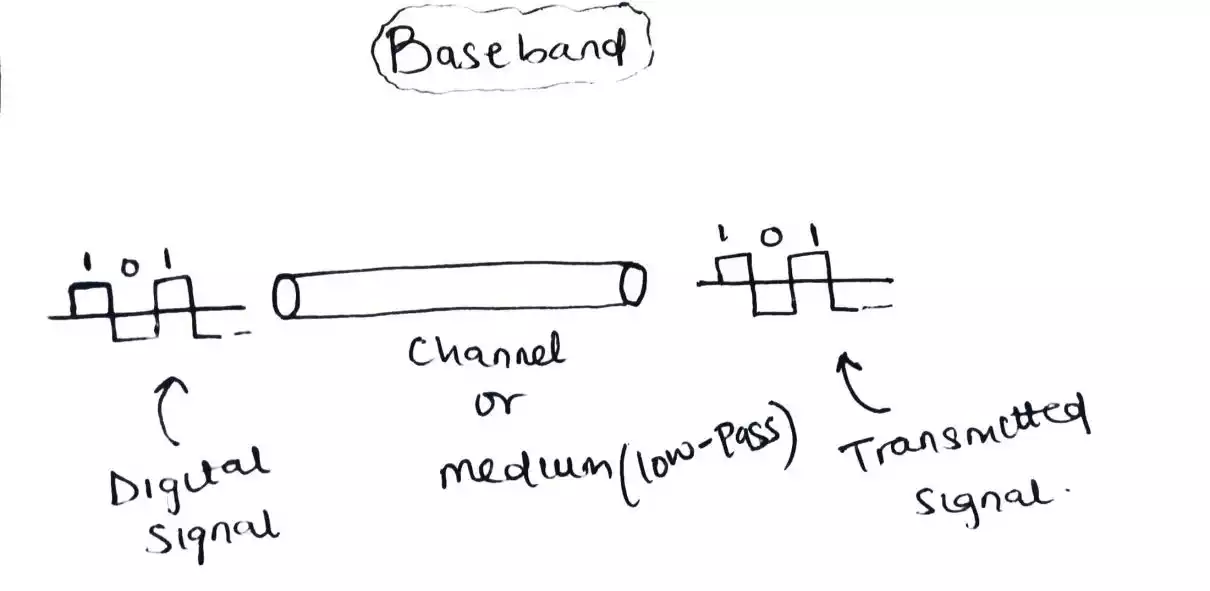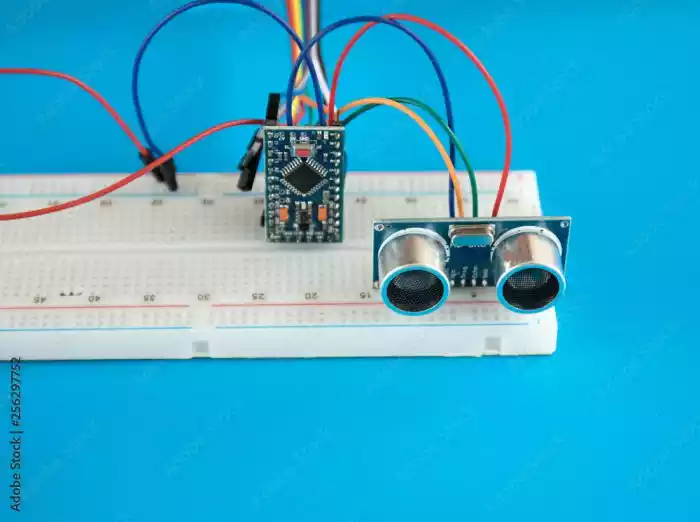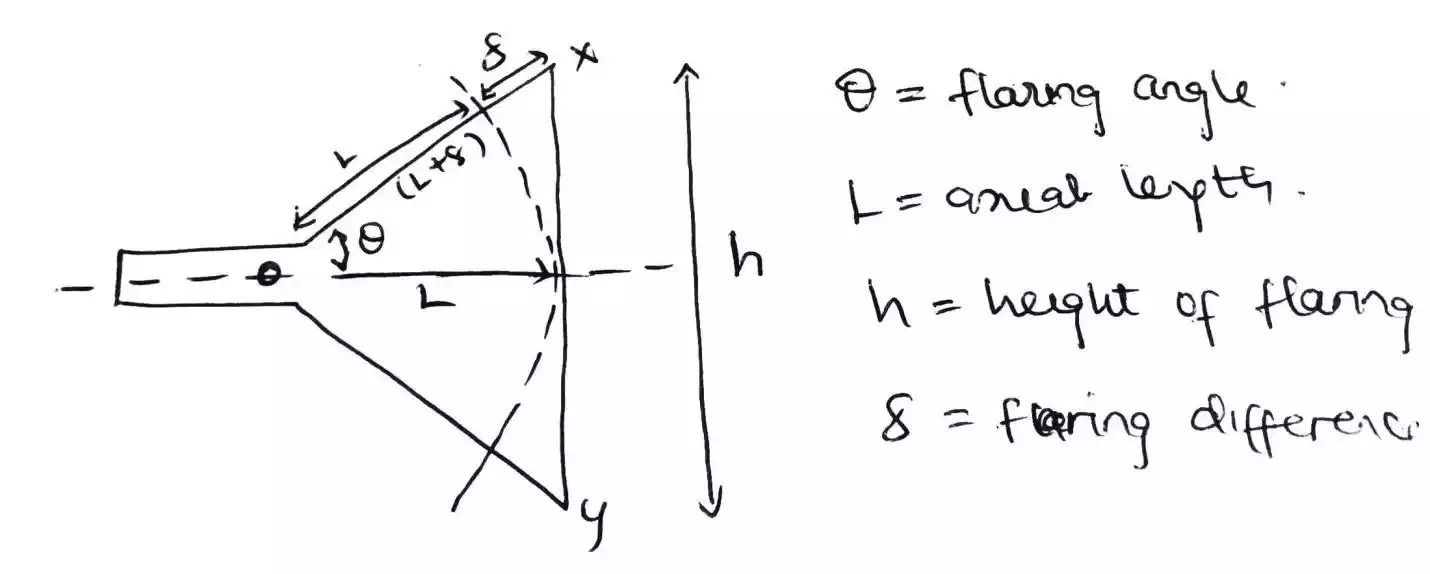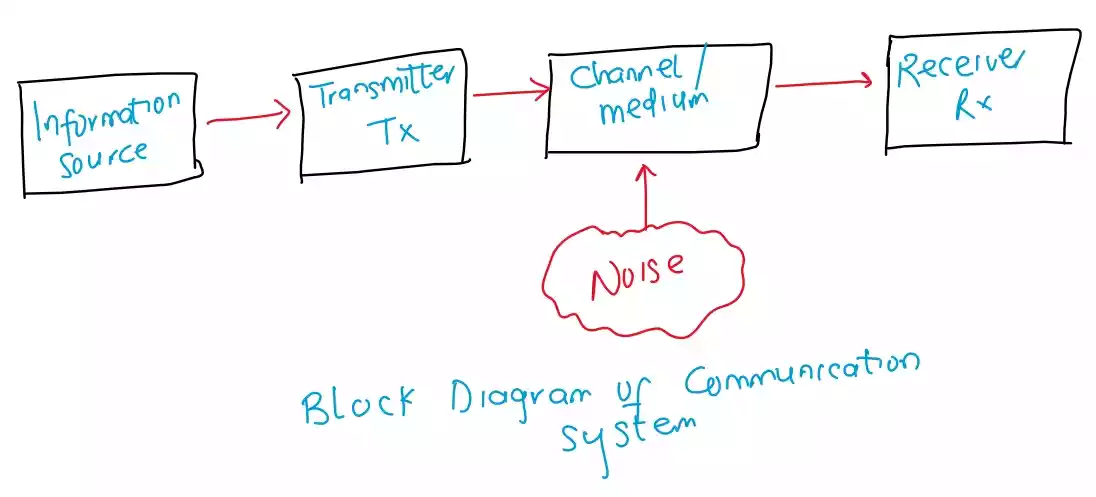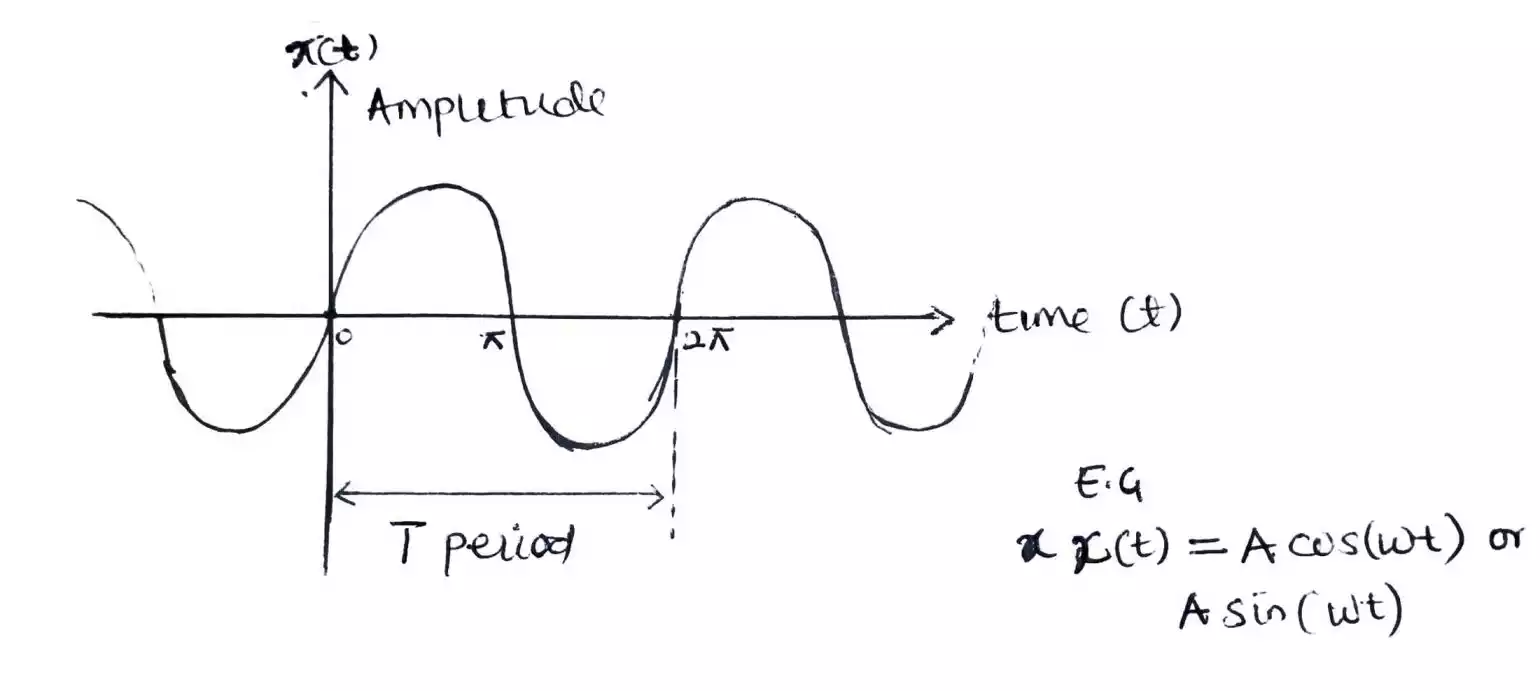Frequency Range of Radio Waves, EM (Band) Spectrum, and Their Applications
Radio waves play a vital role in modern communication systems, enabling us to transmit and receive information wirelessly over long distances.
These waves are categorized based on their frequency range and are part of the electromagnetic spectrum (EM spectrum).
In this article, we will explore the frequency range of radio waves and their applications across various bands of the EM spectrum.
Table of Contents
What are Radio Waves?
Radio waves are a type of electromagnetic radiation with longer wavelengths and lower frequencies compared to other forms of electromagnetic radiation like visible light and X-rays.
They are widely used for communication purposes, broadcasting, navigation, and many other applications.
Frequency Range of Radio Waves
Radio waves are characterized by different frequency ranges, each with its own unique properties and applications.
Let’s look into the various frequency ranges and their significance:
1. ELF (Extreme Low Frequency)
Extreme Low Frequency (ELF) radio waves have a frequency range of 30Hz to 300Hz. Although their frequency is extremely low, ELF waves are highly useful for specific applications.
One notable application of ELF waves is power line communications, where they are utilized for transmitting data and control signals through power distribution networks.
2. VLF (Very Low Frequency)
Very Low Frequency (VLF) radio waves range from 300Hz to 3KHz. VLF waves find applications in speech and voice communication systems, allowing us to transmit and receive audio signals over long distances.
VLF communication is commonly used for military purposes, submarine communication, and wireless telegraphy.
3. LF (Low Frequency)
Low Frequency (LF) radio waves span from 3KHz to 30KHz. These waves have unique propagation characteristics that make them suitable for long-range radio navigation systems.
LF waves can penetrate through the Earth’s surface and travel considerable distances, making them ideal for navigation purposes.
4. MF (Medium Frequency)
Medium Frequency (MF) radio waves cover the frequency range of 30KHz to 300KHz. AM (Amplitude Modulation) radio broadcasting primarily utilizes MF waves.
These waves can propagate over long distances by reflecting off the ionosphere, allowing AM radio signals to reach listeners far beyond the line-of-sight range of the broadcasting station.
5. HF (High Frequency)
High Frequency (HF) radio waves extend from 3MHz to 30MHz. HF waves are crucial for ship-to-shore and aircraft communication, especially over long distances.
HF communication relies on the ionosphere’s ability to reflect and refract these waves, allowing for long-range transmission.
6. VHF (Very High Frequency)
Very High Frequency (VHF) radio waves span from 30MHz to 300MHz. VHF is widely used for FM (Frequency Modulation) broadcasting, where it enables high-quality audio transmission.
VHF waves are also employed in air traffic control, marine communication, and public safety radio systems.
7. UHF (Ultra High Frequency)
Ultra High Frequency (UHF) radio waves cover the frequency range of 300MHz to 3GHz. UHF waves find applications in cellular communication, TV broadcasting, and various wireless data transmission systems.
Due to their shorter wavelength, UHF waves are less prone to atmospheric interference and offer better signal quality.
8. SHF (Super High Frequency)
Super High Frequency (SHF) radio waves range from 3GHz to 30GHz. These waves are commonly used for microwave communication, including satellite communication, wireless broadband networks, and certain types of radar systems.
9. EHF (Extreme High Frequency)
Extreme High Frequency (EHF) radio waves span from 30GHz to 300GHz. EHF waves have extremely short wavelengths and find applications in advanced communication systems such as point-to-point wireless links, satellite communication, and high-speed wireless data transfer.
EM Spectrum (Band)
Each frequency range of radio waves corresponds to a specific band in the electromagnetic spectrum. Here are some of the notable applications associated with each band:
- Power Line Communications: ELF waves, with their low frequency range, are utilized for power line communications, enabling the transmission of data and control signals over existing power distribution networks.
- Speech and Voice Communication: VLF waves, known for their long-range propagation, are used for speech and voice communication over large distances. Applications include military communication, wireless telegraphy, and emergency communication systems.
- Long-Range Radio Navigation: LF waves, with their ability to penetrate the Earth’s surface, are suitable for long-range radio navigation systems such as LORAN (Long-Range Navigation).
- Navigational Locator and Submarine Communication: LF waves also find applications in navigational locators and submarine communication due to their ability to propagate efficiently through water.
- AM Radio: MF waves, particularly the AM band, enable the broadcasting of AM radio signals. AM radio has been a reliable source of news, entertainment, and information for decades.
- Ship and Aircraft Communication: HF waves facilitate communication between ships, aircraft, and control stations, enabling long-range communication over vast oceans and skies.
- FM Broadcasting: VHF waves, commonly used for FM radio broadcasting, allow for high-fidelity audio transmission, providing listeners with clear and crisp sound quality.
- Cellular and TV Communication: UHF waves serve as the backbone for cellular communication systems, enabling mobile phone networks. Additionally, UHF is used for television broadcasting, providing a wide range of TV channels to viewers.
- Microwave Communication: SHF waves, operating in the microwave range, are used for various communication purposes, including satellite communication, wireless broadband networks, and microwave links.
- Radar and Satellite Communication: EHF waves are employed in radar systems for detecting and tracking objects. They are also utilized in satellite communication, enabling high-speed data transfer over long distances.
Applications of Radio Waves in Everyday Life
The applications of radio waves in our daily lives are vast and ever-expanding. We rely on radio waves for a multitude of purposes, including:
- Wireless Communication: Mobile phones, Wi-Fi networks, and Bluetooth devices utilize radio waves to transmit voice, data, and multimedia content wirelessly.
- Television and Radio Broadcasting: Radio waves are the backbone of broadcasting, delivering television and radio signals to our homes and vehicles, providing us with news, entertainment, and information.
- GPS Navigation: Global Positioning System (GPS) relies on radio waves for precise location tracking, facilitating navigation in vehicles, smartphones, and other GPS-enabled devices.
- Wireless Internet: Wi-Fi networks utilize radio waves to provide wireless internet connectivity, enabling seamless browsing, streaming, and online communication.
- Remote Controls: Remote control devices, such as those used for TVs, audio systems, and home automation, rely on radio waves for transmitting commands to control electronic devices.
- Wireless Sensors: Various wireless sensors, such as those used in home security systems, industrial monitoring, and environmental sensing, employ radio waves for data transmission.
- Medical Applications: Radio waves are used in medical imaging techniques such as magnetic resonance imaging (MRI) and radiotherapy for the diagnosis and treatment of diseases.
- Aviation and Maritime Communication: Radio waves enable communication between aircraft, air traffic control, ships, and maritime control centers, ensuring safe and efficient transportation.
- Weather Monitoring: Weather radars utilize radio waves to detect and track precipitation, enabling meteorologists to forecast and monitor weather conditions.
Frequency Range, EM Spectrum (Band), and Applications of Radio Waves (In Tabular Form)
Here’s a summary of the frequency range of radio waves, EM spectrum (band), and their applications in tabular form:
| Frequency Range | EM Spectrum (Band) | Application |
|---|---|---|
| 30Hz – 300Hz | ELF | Power line communications |
| 300Hz – 3KHz | VLF | Speech and voice communication |
| 3KHz – 30KHz | LF | Long-range radio navigation |
| 30KHz – 300KHz | MF | Navigational locator, submarine communication |
| 300KHz – 3MHz | HF | AM radio |
| 3MHz – 30MHz | VHF | Ship and aircraft communication |
| 30MHz – 300MHz | UHF | FM broadcasting |
| 300MHz – 3GHz | SHF | Cellular and TV communication |
| 3GHz – 30GHz | EHF | Microwave communication |
| 30GHz – 300GHz | EHF | Radar, satellite communication |
Note:
- ELF – Extreme Low Frequency
- VLF – Very Low Frequency
- LF – Low Frequency
- MF – Medium Frequency
- HF – High Frequency
- VHF – Very High Frequency
- UHF – Ultra High Frequency
- SHF – Super High Frequency
- EHF – Extreme High Frequency
This table summarizes the frequency range, associated EM spectrum (band), and key applications of radio waves.
Conclusion
Radio waves and the electromagnetic spectrum play a fundamental role in modern communication and technology.
Understanding the frequency ranges of radio waves and their applications across different bands of the EM spectrum provides us with valuable insights into how wireless communication and various other systems function in our daily lives.
From power line communications to satellite communication, radio waves have revolutionized the way we connect and exchange information across vast distances.
FAQs
Q1. Are radio waves harmful to human health? Radio waves, particularly those used in everyday applications, such as Wi-Fi, mobile phones, and broadcasting, are generally considered safe. The exposure levels to radio waves in these contexts are well below the recommended limits set by international health organizations. However, it’s important to follow safety guidelines and avoid prolonged exposure to high-intensity radio wave sources.
Q2. How do radio waves travel through the air? Radio waves travel through the air in the form of electromagnetic radiation. They propagate in a straight line, and their behavior is influenced by factors such as frequency, obstacles, and atmospheric conditions. Lower frequency radio waves can travel farther and penetrate obstacles better, while higher frequency waves are more susceptible to absorption and scattering.
Q3. Can radio waves be used for wireless power transmission? Wireless power transmission using radio waves is a field of ongoing research and development. While it is possible to transmit power wirelessly over short distances using radio waves, significant challenges exist in terms of efficiency and safety. However, technologies like wireless charging for electronic devices are already being used commercially.
Q4. What is the relationship between frequency and wavelength in radio waves? Frequency and wavelength are inversely related in radio waves. As the frequency increases, the wavelength decreases, and vice versa. This relationship is governed by the speed of light, where the speed is equal to the product of frequency and wavelength.
Q5. Can radio waves be used for data transmission underwater? Radio waves, particularly in the lower frequency ranges, can propagate through water to some extent. However, due to absorption and scattering, their range and data transmission capacity are limited underwater. Alternatives like acoustic waves and optical signals are often used for effective communication in underwater environments.

